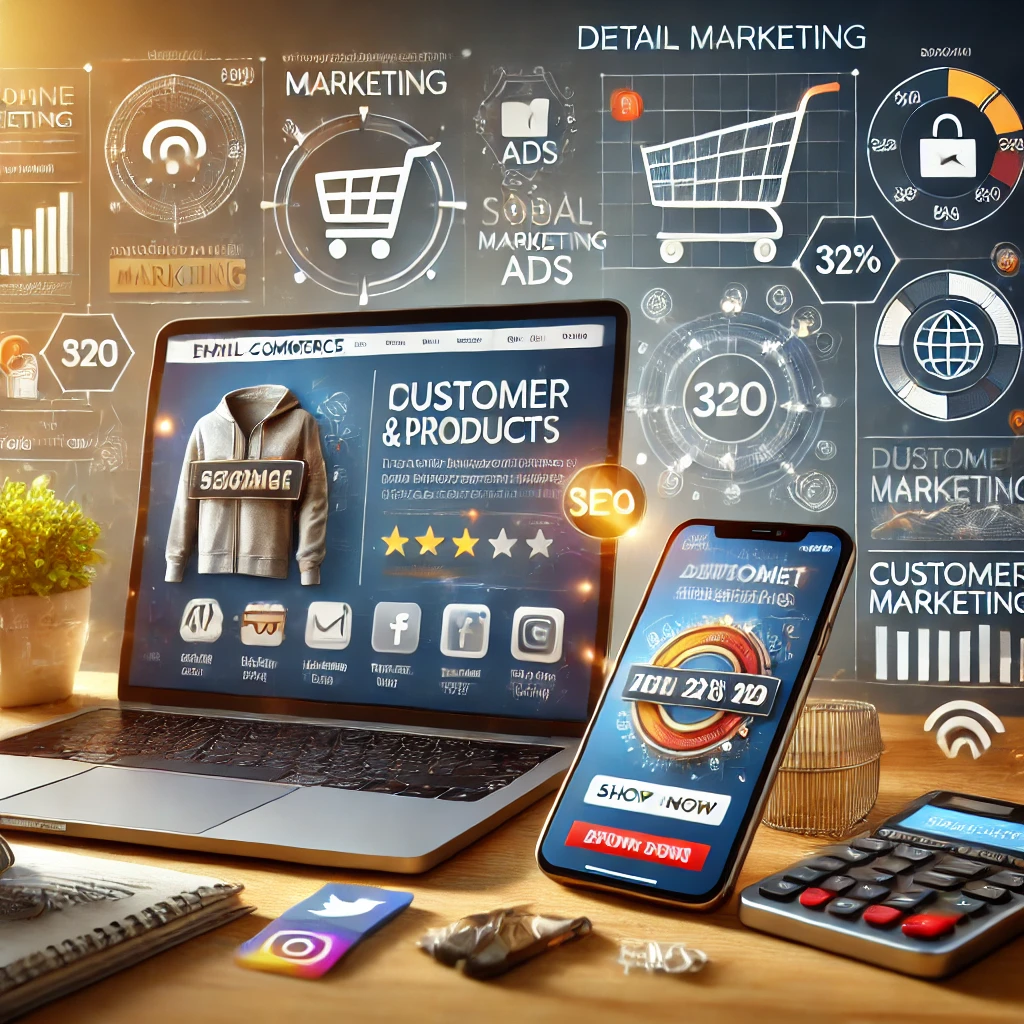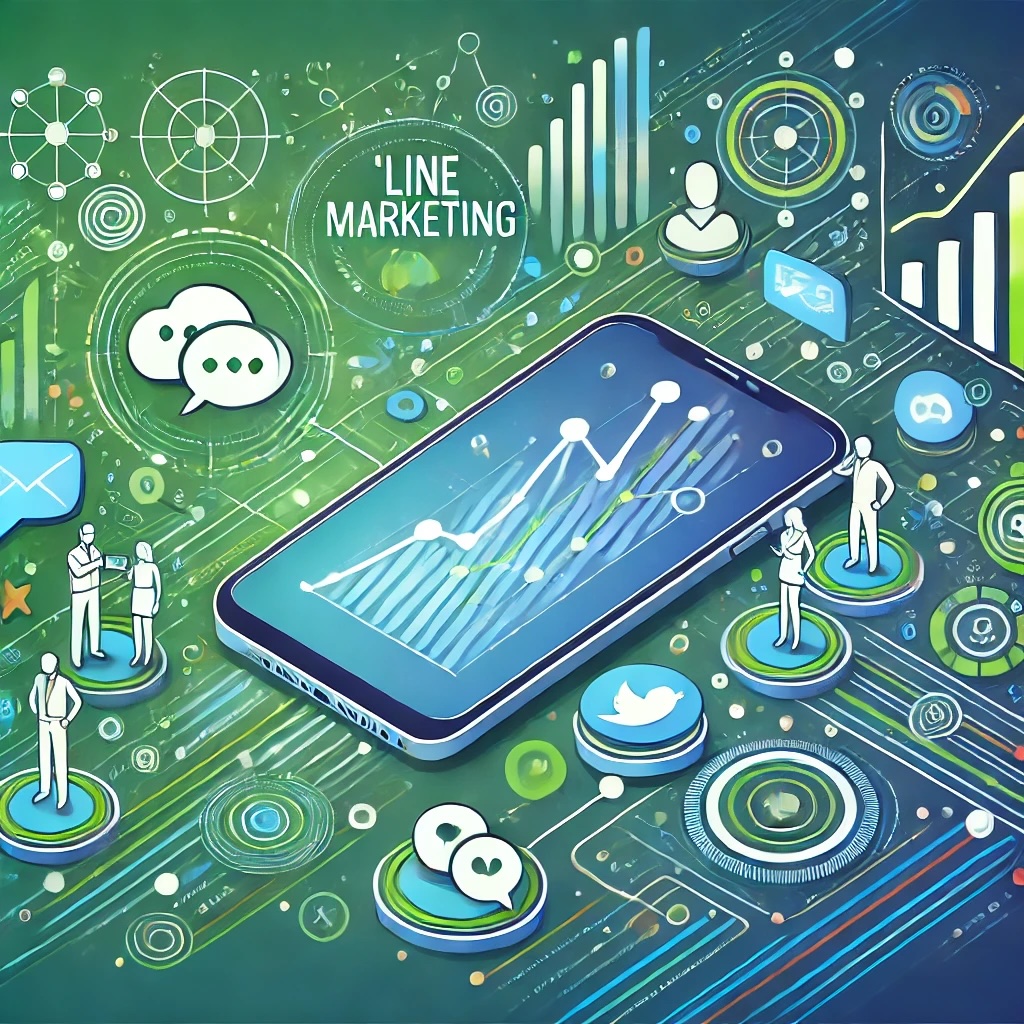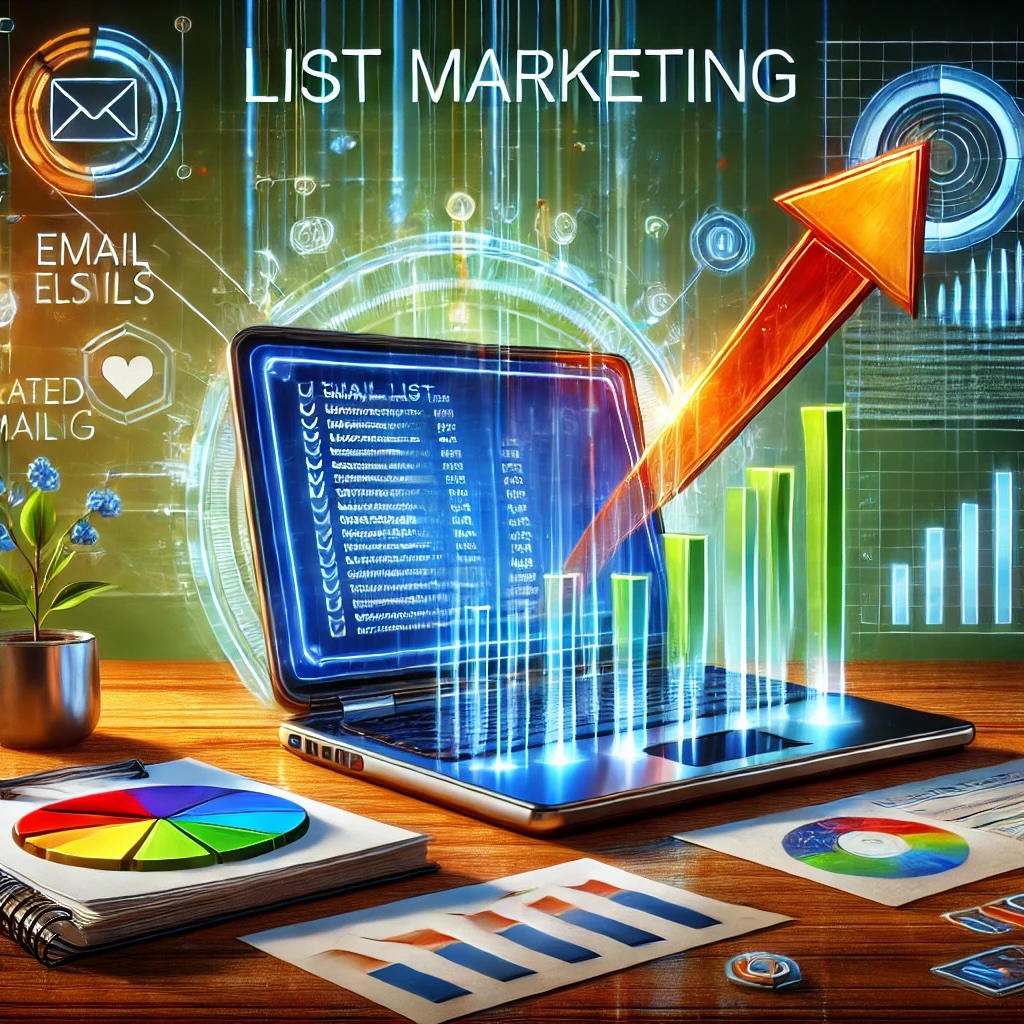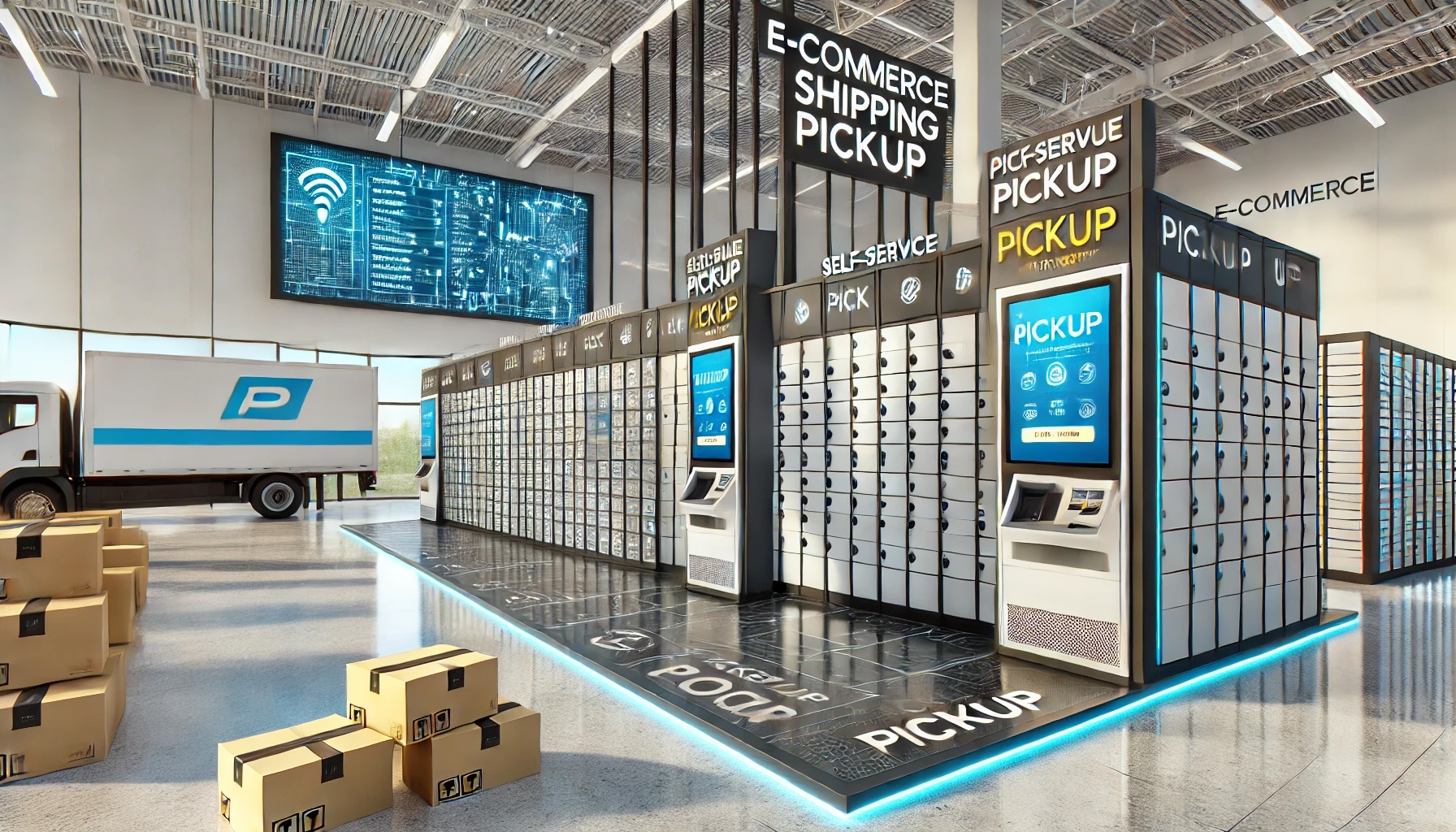小売マーケティングとは

小売マーケティングは、企業が消費者に直接商品を販売促進するために使用する戦略や手法を指します。これには以下の活動が含まれます。
- 商品配置:商品を店舗内でどのように表示するか、どこに置くかを決定し、可視性と販売を最大化します。
- プロモーション:顧客を引き付けるためにセールや割引、特別オファーを実施します。
- ビジュアルマーチャンダイジング:ショッピング体験を向上させるために魅力的な店舗レイアウトやディスプレイを作成します。
- 顧客エンゲージメント:ロイヤリティプログラム、パーソナライズされたマーケティング、ソーシャルメディアのやり取りを通じて顧客との関係を築きます。
- 市場調査:消費者の行動や好みを分析し、提供内容やマーケティング戦略を調整します。
- 広告:潜在顧客にリーチするために、さまざまなメディア(オンライン、印刷、店内)を活用します。
全体として、小売マーケティングの目的は、販売を促進しブランドロイヤルティを築く魅力的なショッピング体験を創造することです。
小売オンラインマーケティング
小売オンラインマーケティングは、オンラインチャネルを通じて商品を販売促進するために使用される戦略や手法を指します。これはインターネットを介して消費者にリーチすることに焦点を当てており、以下のような要素を含みます:
- Eコマースウェブサイト:顧客が商品を閲覧し購入できる使いやすいオンラインストアを作成します。
- 検索エンジン最適化(SEO):ウェブサイトのコンテンツを最適化して検索エンジンの結果における可視性を向上させ、顧客が商品を見つけやすくします。
- ソーシャルメディアマーケティング:Facebook、Instagram、Twitterなどのプラットフォームを利用して、顧客と交流し、プロモーションを共有し、ブランドの認知度を高めます。
- メールマーケティング:新商品、プロモーション、特別オファーについて顧客に知らせるターゲットを絞ったメールを送信します。
- クリック課金型広告(PPC):検索エンジンやソーシャルメディア上で有料広告を運用し、オンラインストアへのトラフィックを増やします。
- コンテンツマーケティング:潜在的な顧客を引き付け、エンゲージするための価値あるコンテンツ(ブログ、動画など)を作成し、商品を促進します。
- インフルエンサーとの提携:ソーシャルメディアのインフルエンサーと協力して、より広いオーディエンスにリーチし、ブランドの信頼性を高めます。
- 顧客レビューと評価:顧客にレビューを残すよう促し、潜在的な購入者に影響を与え、ブランドへの信頼を高めます。
全体として、小売オンラインマーケティングの目的は、さまざまなデジタルチャネルを通じてオンラインショッパーを引き付け、エンゲージし、ロイヤリティの高い顧客に転換することです。
小売オンラインマーケティングの課題とは?
小売オンラインマーケティングには、いくつかの課題があります。主なものは以下の通りです:
- 競争が激しい:オンライン市場は競争が激化しており、ブランドが目立ち、顧客を引き付けるのが困難です。
- 顧客の信頼:プライバシーやセキュリティ、商品の信頼性に対する懸念から、消費者はオンラインショッピングに慎重です。
- アルゴリズムの変化:検索エンジンやソーシャルメディアのアルゴリズムは頻繁に変更され、可視性やリーチに影響を与えるため、常に適応が必要です。
- カート落ち:多くの顧客がショッピングカートにアイテムを残したまま購入を完了せず、売上を失うことになります。
- 物流:在庫管理、出荷、返品を管理することは複雑でコストがかかり、特に小規模な小売業者にとっては大きな課題です。
- 消費者行動:顧客の好みや購買行動を理解し予測するのは難しく、広範な市場調査が必要です。
- モバイル最適化:モバイルショッピングの普及に伴い、デバイス間でシームレスな体験を提供することが重要ですが、しばしば見落とされがちです。
- コンテンツ制作:高品質で魅力的なコンテンツを一貫して制作することは、リソースを多く消費し時間がかかります。
- 広告疲れ:消費者は広告に対して鈍感になる可能性があり、エンゲージメント率やキャンペーンの効果が低下します。
- 技術的な問題:ウェブサイトのダウン、読み込み時間の遅さ、または使いにくいユーザー体験が顧客を遠ざけ、売上に悪影響を与えることがあります。
これらの課題に対処するには、戦略の継続的な見直し、顧客エンゲージメント、価値の提供に焦点を当てることが必要です。
オムニチャネルマーケティングとは?
オムニチャネル小売マーケティングは、複数のチャネルや接点を通じて製品をマーケティングおよび販売するためのシームレスで統合されたアプローチを指します。この目的は、顧客がオンライン、店舗、またはモバイルデバイスを通じてブランドと関わる際に、統一されたショッピング体験を提供することです。主な特徴は以下の通りです。
統合されたチャネル:実店舗、Eコマースウェブサイト、ソーシャルメディア、モバイルアプリなど、さまざまなチャネルを活用し、顧客がスムーズに移行できるようにします。
一貫したメッセージ:すべてのプラットフォームでブランドのメッセージ、プロモーション、顧客サービスが一貫していることを確保します。
顧客中心の体験:顧客の好みに焦点を当て、個々の行動やインタラクションに基づいてパーソナライズされた体験を提供します。
データ共有:異なるチャネルからのデータを活用し、顧客の好みを把握することで、マーケティング戦略や在庫管理を調整します。
柔軟なオプション:オンラインで購入して店舗で受け取る(BOPIS)、自宅配送、オンライン購入の店舗での返品など、さまざまな購入および配送オプションを提供します。
顧客エンゲージメントの強化:複数の接点を利用して顧客と対話し、ショッピングの各段階で関連情報やサポートを提供します。
全体として、オムニチャネル小売マーケティングの目的は、顧客に統一された満足のいく体験を提供し、最終的にはロイヤルティと売上を向上させることです。
Retail Marketing
Retail marketing involves strategies and tactics used by businesses to promote and sell products directly to consumers. It encompasses various activities, including:
- Product Placement: Deciding how and where products are displayed in a store to maximize visibility and sales.
- Promotions: Running sales, discounts, and special offers to attract customers.
- Visual Merchandising: Creating appealing store layouts and displays to enhance the shopping experience.
- Customer Engagement: Building relationships with customers through loyalty programs, personalized marketing, and social media interaction.
- Market Research: Analyzing consumer behavior and preferences to tailor offerings and marketing strategies.
- Advertising: Utilizing various media (online, print, and in-store) to reach potential customers.
Overall, retail marketing aims to create a compelling shopping experience that drives sales and builds brand loyalty.
What is Retail Online marketing?
Retail online marketing refers to the strategies and techniques used to promote and sell products through online channels. It focuses on reaching consumers via the internet and can include various components, such as:
- E-commerce Websites: Creating user-friendly online stores where customers can browse and purchase products.
- Search Engine Optimization (SEO): Optimizing website content to improve visibility in search engine results, making it easier for customers to find products.
- Social Media Marketing: Using platforms like Facebook, Instagram, and Twitter to engage with customers, share promotions, and build brand awareness.
- Email Marketing: Sending targeted emails to inform customers about new products, promotions, and special offers.
- Pay-Per-Click (PPC) Advertising: Running paid ads on search engines or social media to drive traffic to the online store.
- Content Marketing: Creating valuable content (blogs, videos, etc.) that attracts and engages potential customers while promoting products.
- Influencer Partnerships: Collaborating with social media influencers to reach a wider audience and enhance brand credibility.
- Customer Reviews and Ratings: Encouraging customers to leave reviews, which can influence potential buyers and enhance trust in the brand.
Overall, retail online marketing aims to attract, engage, and convert online shoppers into loyal customers through various digital channels.
What are challenges in Retail Online marketing?
Retail online marketing faces several challenges, including:
- High Competition: The online marketplace is crowded, making it difficult for brands to stand out and attract customers.
- Customer Trust: Building trust can be challenging, as consumers are wary of online shopping due to concerns about privacy, security, and product authenticity.
- Changing Algorithms: Search engine and social media algorithms frequently change, impacting visibility and reach, which requires constant adaptation.
- Abandoned Carts: Many customers leave items in their shopping carts without completing the purchase, leading to lost sales.
- Logistics and Fulfillment: Managing inventory, shipping, and returns can be complex and costly, especially for smaller retailers.
- Consumer Behavior: Understanding and predicting customer preferences and buying behaviors can be challenging, requiring extensive market research.
- Mobile Optimization: With the rise of mobile shopping, ensuring a seamless experience across devices is essential yet often overlooked.
- Content Creation: Producing high-quality, engaging content consistently can be resource-intensive and time-consuming.
- Ad Fatigue: Consumers may become desensitized to ads, leading to lower engagement rates and effectiveness of campaigns.
- Technical Issues: Website downtime, slow loading times, or poor user experience can deter customers and hurt sales.
Addressing these challenges requires ongoing strategy refinement, customer engagement, and a focus on delivering value.
What is Omnichannel marketing?
Omnichannel retail marketing refers to a seamless and integrated approach to marketing and selling products across multiple channels and touchpoints. The goal is to provide a cohesive shopping experience for customers, whether they engage with a brand online, in-store, or through mobile devices. Key features include:
- Integrated Channels: Utilizing various channels—such as physical stores, e-commerce websites, social media, and mobile apps—so customers can transition smoothly between them.
- Consistent Messaging: Ensuring that brand messaging, promotions, and customer service are consistent across all platforms.
- Customer-Centric Experience: Focusing on the customer journey and preferences, allowing for personalized experiences based on individual behaviors and interactions.
- Data Sharing: Leveraging data from different channels to gain insights into customer preferences, which helps in tailoring marketing strategies and inventory management.
- Flexible Fulfillment Options: Offering various purchasing and delivery options, such as buy online and pick up in-store (BOPIS), home delivery, or in-store returns for online purchases.
- Enhanced Customer Engagement: Using multiple touchpoints to interact with customers, providing them with relevant information and support at each stage of their shopping journey.
Overall, omnichannel retail marketing aims to create a unified and satisfying experience for customers, ultimately driving loyalty and sales.


